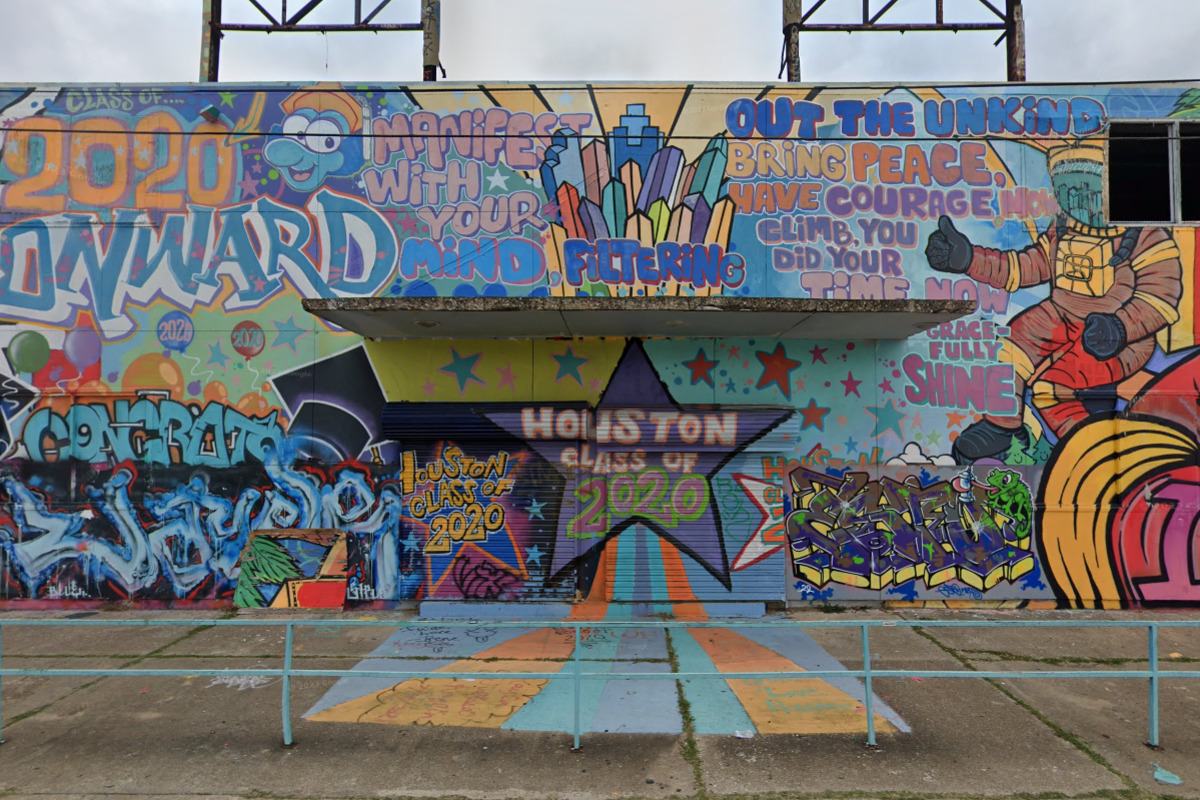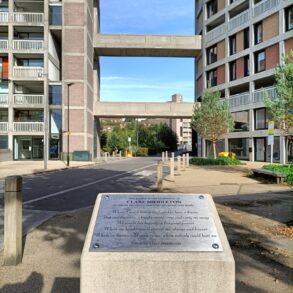
A landmark of Houston’s local art scene has been demolished, leaving the community to reminisce about its significance and raise questions about cultural preservation. The well-known Graffiti Park, a hub for the city’s street artists, has fallen victim to an infrastructure project expanding I-45, as reported by KPRC 2. The park’s destruction has removed a vital piece of the cultural fabric that took over a decade to weave into the area’s identity.
At 2011 Leeland Street, the site was once ornamented with vibrant murals that paid homage to icons like Selena Quintanilla and George Floyd. But as demolition crews worked to clear the area, only memories remained for many locals. In the aftermath, a statement on Instagram by Daniel Anguilu, one of the park’s original artists, captured the sentiment of many: “It has become a site visited by thousands and unfortunately there is no conversation with us about the future and documentation of a Houston iconic place for creativity,” Anguilu lamented, according to an article by Chron.
The space, known for its dynamic and raw artistic expressions, was not just a symbol of the city’s creative energy; it served as a gathering place for moments of personal significance. Anguilu had mentioned to KPRC 2 that people came to Graffiti Park for celebrations like graduations and weddings. “This was an interactive piece. People came here for graduations, for weddings, for memories,” he said. Critics, including local artists and community members, have argued that city and state leaders failed to adequately safeguard such cultural spaces, and the Texas Department of Transportation’s decision to proceed with the demolition has met with considerable disapproval.
Despite the TxDOT’s efforts to defend its actions, claiming to have provided advance notice and engagement with the community, artists like Anguilu voiced that this communication was neither timely nor adequate. “I wasn’t contacted until this past Monday,” Anguilu told KPRC 2, with the implication being that more could have been done to preserve or relocate the work from the site before its destruction. Further, TxDOT has promised $500,000 for future art initiatives, but artists are dubious, asserting that the uniqueness of Graffiti Park can’t simply be bought back or replaced.
The eradication of this site followed the recent demolition of another important mural in Houston’s Third Ward, one that featured influential cultural figures and civil rights imagery. As these landmarks vanish from the physical landscape, online communities on platforms like Reddit lament the loss and share stories of the site’s historical and emotional resonance. One user even recalled the building’s past life as a music venue, a testament to the layered history of spaces that transcends even their current iteration.
This post was originally published on this site be sure to check out more of their content.









